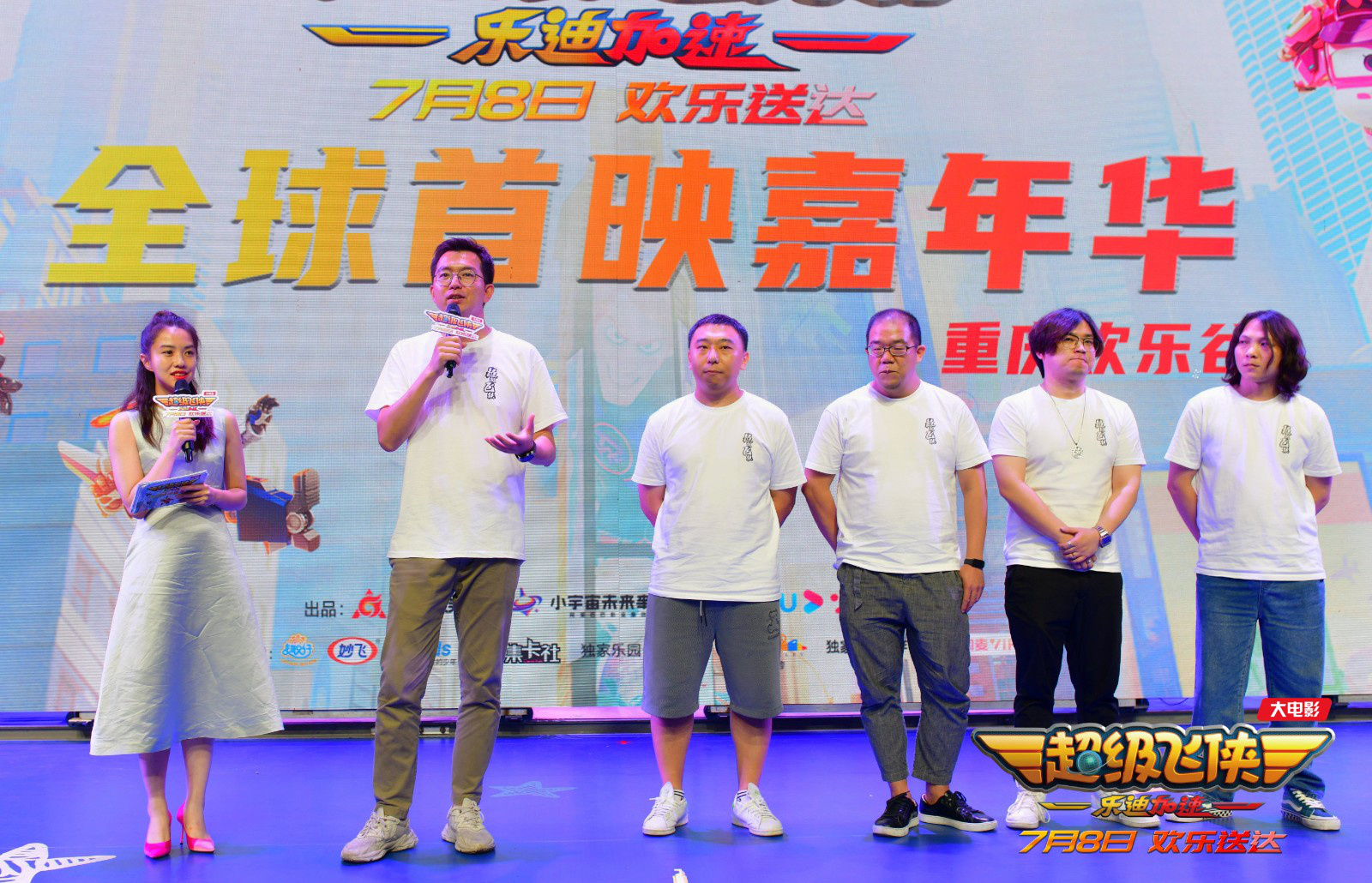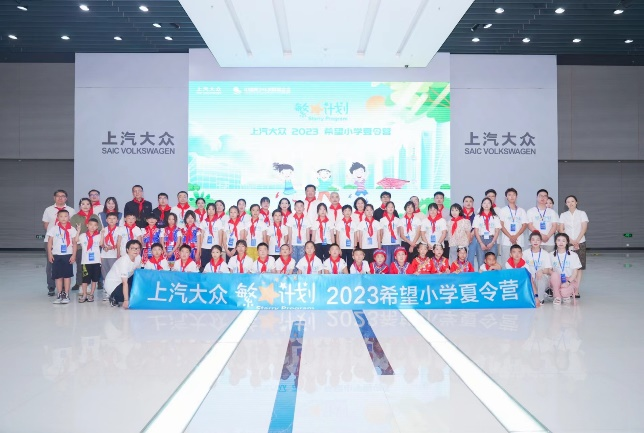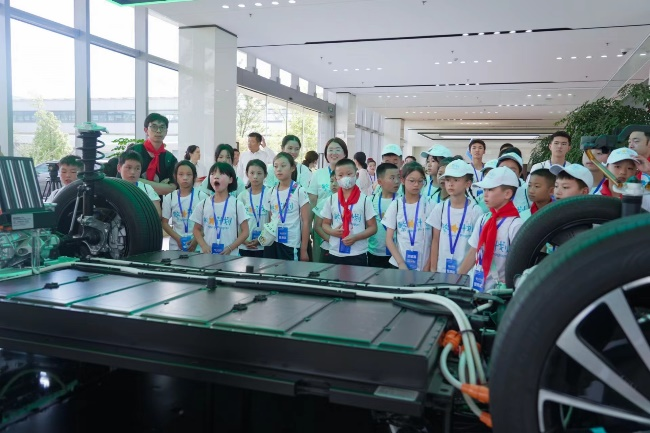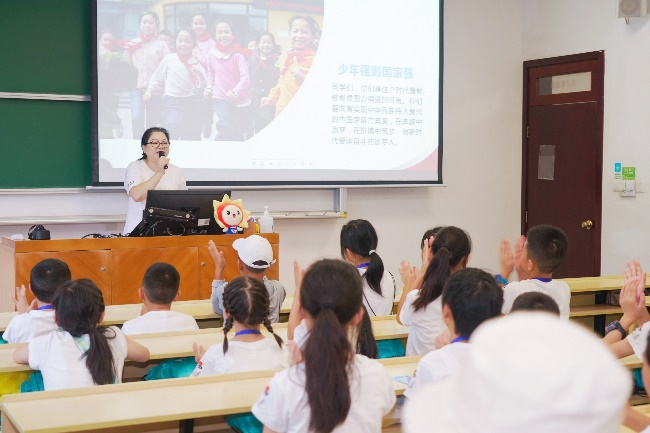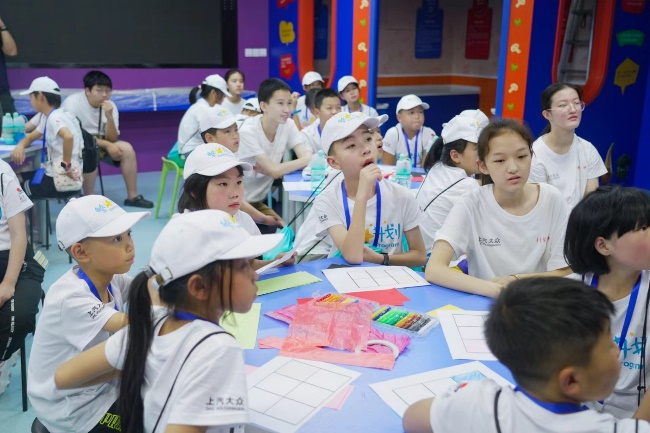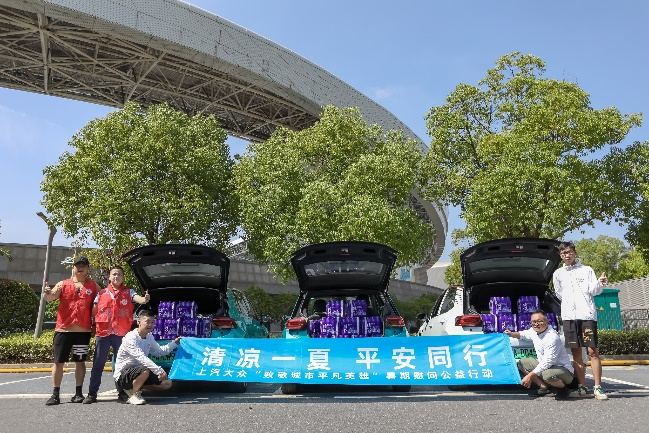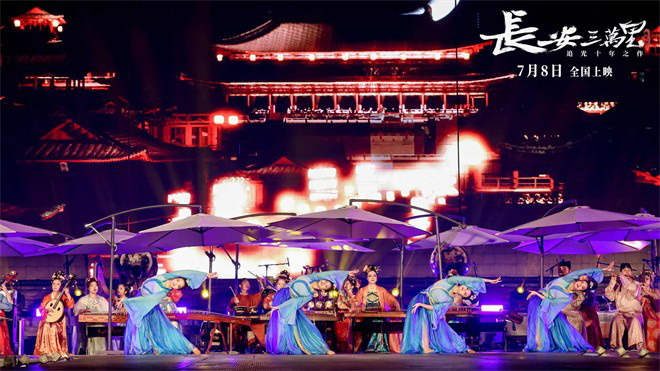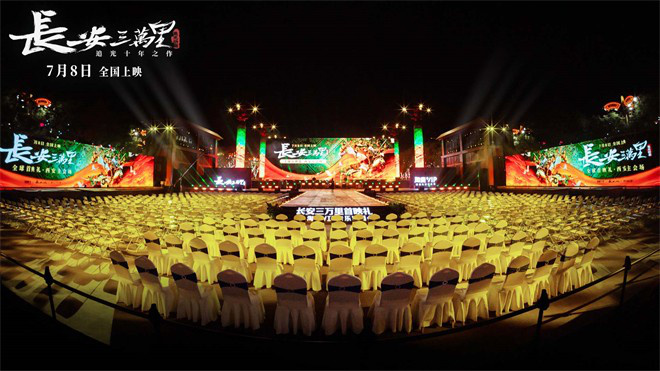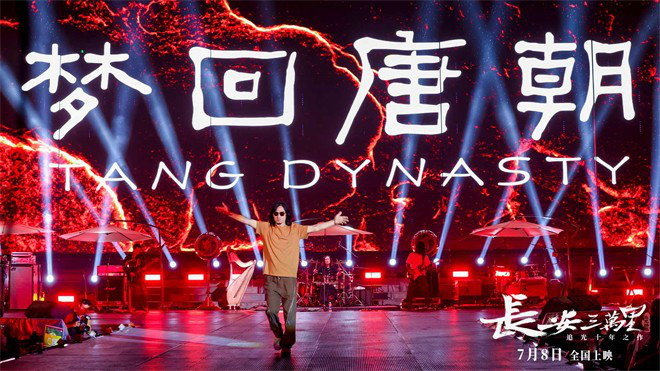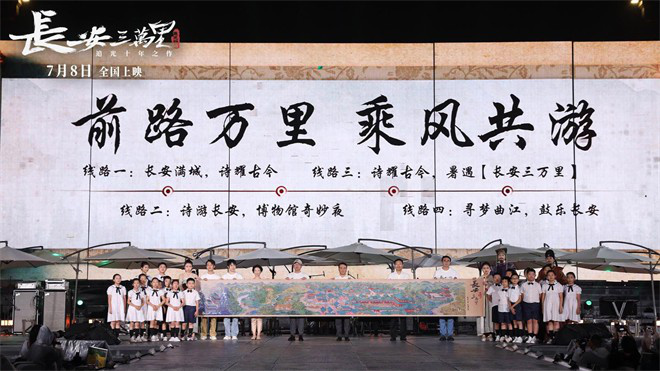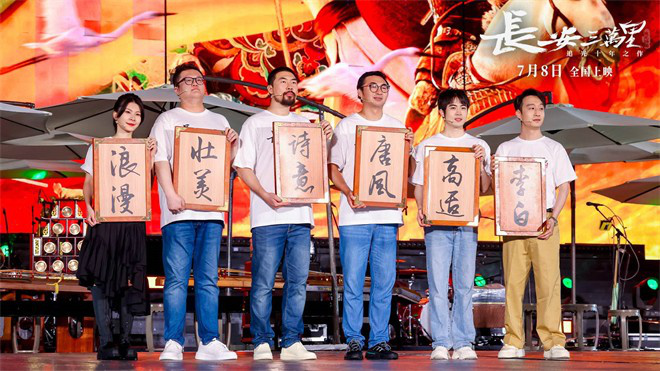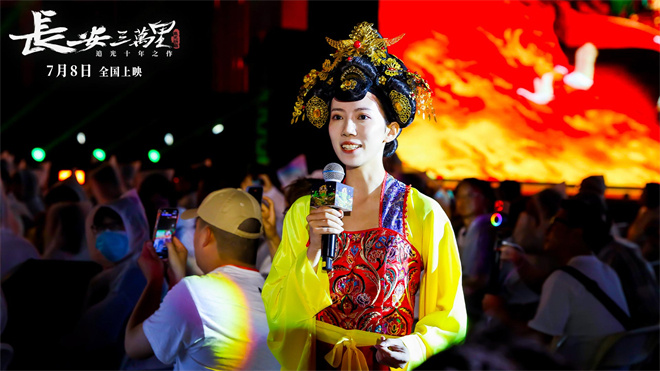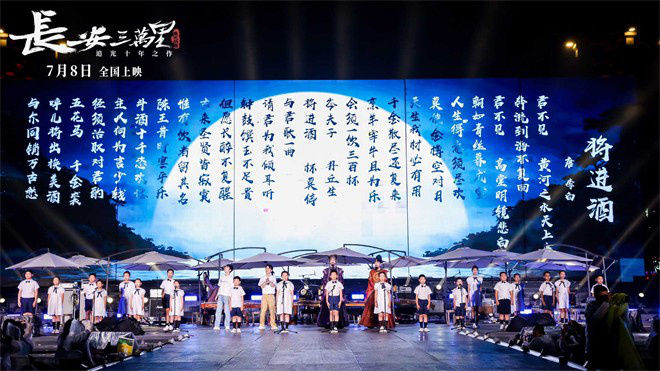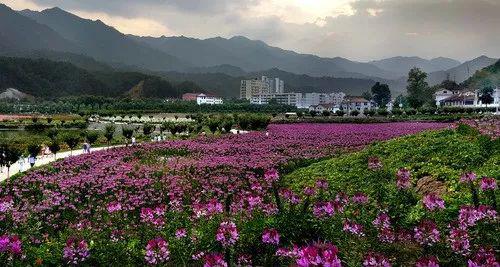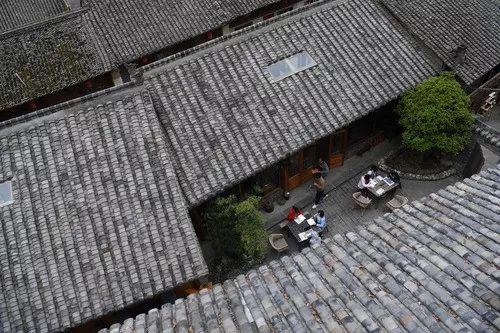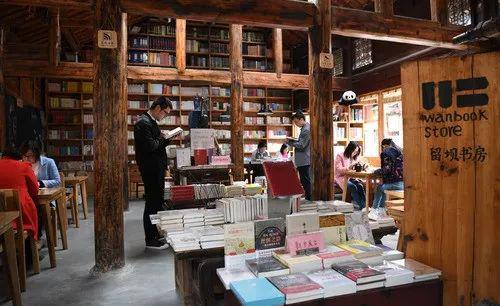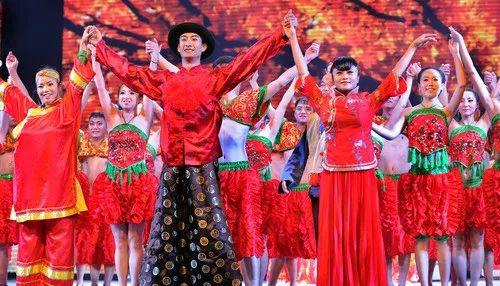Jing Zheng Nong Fa [2023] No.44
Agricultural and Rural Bureaus of relevant districts:
In order to give full play to the typical demonstration role and promote the high-quality development of family farms in the city, the Beijing Municipal Bureau of Agriculture and Rural Affairs, combined with the actual development of family farms in this city, revised the Interim Measures for the Evaluation and Dynamic Management of Municipal Model Family Farms in Beijing, which are hereby printed and distributed to you, please follow them carefully.
Beijing Agriculture and Rural Bureau
August 16, 2023
Measures for Evaluation and Dynamic Management of Beijing Municipal Demonstration Family Farms
the first In order to implement the decision-making arrangements of the CPC Central Committee and the State Council on cultivating and developing family farms, implement the work requirements of the municipal party committee and municipal government, give full play to the important role of municipal demonstration family farms in developing modern agricultural industry and building a new agricultural management system, and promote the high-quality development of family farms in this Municipality, these measures are formulated.
the second The municipal demonstration family farms in these Measures refer to family farms with new development concepts, excellent product quality, good operating efficiency, high technical level and strong driving ability, which can play an exemplary role in the city.
Article The evaluation of municipal demonstration family farms adheres to the principles of openness, fairness and impartiality, and adopts the methods of equal recommendation, step-by-step review and merit-based evaluation, and evaluates a number of municipal demonstration family farms every two years.
Article 4 Municipal demonstration family farm reporting conditions:
(1) Family management. Taking the family as the basic business unit, production and business activities mainly depend on family members, and the main source of family income is the main business income of the farm.
(2) The scale is moderate. The scale of operation is adapted to the local resource conditions, the characteristics of agricultural industry, the characteristics of agricultural products varieties and the ability level of family farmers.
Engaged in farming, grain production covers an area of not less than 50 mu; The production area of cash crops in the open field (including vegetables, fruits, flowers, fruits, etc.) is not less than 10 mu; The facility covers an area of not less than 5 mu.
Engaged in animal husbandry, the annual slaughter of pigs is not less than 200; The annual slaughter of beef cattle is not less than 50; No less than 200 sheep will be slaughtered in the Year of the Sheep; The number of cows on hand is not less than 20; The annual slaughter of broilers and ducks is not less than 20,000; Goose slaughter is not less than 1000 per year; The annual stock of laying hens and ducks is not less than 2,000; No less than 100 cases of bee breeding.
Engaged in aquaculture, fishery farming area of not less than 5 acres.
Engaged in the combination of planting and breeding, its main industries should meet the above-mentioned scale standards.
If the economic benefit is 20% higher than the benefit standard in (3), the scale standard may be appropriately relaxed.
If it is difficult to unify the scale standard by adopting the integrated management mode of primary, secondary and tertiary industries, the economic benefit of the farm should not be lower than the benefit standard in (3), and the agricultural operating income should not be lower than 1/3 of the total operating income.
(3) Good economic benefits. The per capita net income of family members who work on family farms all the year round is not less than twice the per capita net income of farmers in this area.
(4) Driving obviously. In the application of science and technology, agricultural equipment, production skills, business model, management level and other aspects, it has a strong demonstration effect on neighboring farmers and drives local farmers to increase their income.
(5) Advanced technology. Family farm operators have the corresponding knowledge, skills and management level to engage in related industries, use new varieties, new technologies and new models, equip with material and technical equipment needed for production and business activities, or obtain agricultural socialized services by means of mutual assistance and purchase.
(6) Operating specifications. Operating life is generally not less than 3 years, and there is complete information in the national family farm directory system. Record the complete and true financial revenue and expenditure, production and sales by using the family farm "Notes with Hands" accounting software. Abide by the national industrial policies and prohibited acts, be honest and law-abiding in production and business activities, and have no bad credit records.
(7) Quality and safety. Incorporate into the record management of agricultural product production subject information database, organize production according to the quality standards and production technical regulations stipulated by the state and industry, and establish agricultural product production records. In the past three years, no illegal use of agricultural and veterinary drugs and other toxic and harmful substances was found in the supervision and spot check of agricultural products quality and safety, and no agricultural products quality and safety incidents occurred.
(8) Green ecology. According to the principle of green ecology, recycling and high efficiency, production and business activities are carried out, and technologies such as green prevention and control, precise fertilization and pesticide application, and resource utilization of agricultural wastes are adopted, so that the utilization rate of agricultural resources is high, the agricultural ecological environment is good, and the agricultural sustainable development ability is strong.
Article 5 Municipal demonstration family farm evaluation procedures:
The Municipal Bureau of Agriculture and Rural Affairs put forward the evaluation scheme of municipal demonstration family farms, determined the recommended number of municipal demonstration family farms according to the overall situation of the development of family farms in the city, and allocated the recommended places according to the development of family farms in various districts.
(1) voluntary declaration. The family farm applies to the township where it is located and submits relevant certification materials.
Materials mainly include:
1 "Beijing Municipal Model Family Farm Declaration Form" (see Annex 1);
2. A copy of the relevant certification materials of the land transfer contract and business scale;
3. A copy of the household registration book and ID card of the farmer and his family members who work on the family farm all the year round, and a copy of the labor contract and ID card signed by the employees all the year round;
4 agricultural production technical regulations, relevant systems, agricultural product quality certification, and records of the procurement and use of agricultural production inputs in the current year;
5. Financial revenue and expenditure records or accounting statements;
6 copies of production technical equipment certification materials or socialized service contracts;
7. Demonstrating and leading the surrounding farmers to drive supporting materials;
8. Relevant certification materials such as commendation and awards.
(two) the initial nuclear township. The Township People’s Government conducts on-the-spot investigation on the family farms that have applied one by one, conducts initial verification on the application materials, and recommends the family farms that have passed the initial verification to the district-level agricultural and rural departments.
(3) District recommendation. District-level agricultural and rural departments shall review the family farms recommended by villages and towns one by one, and publicize the list of family farms that have passed the review on portal websites or other public media for not less than 5 working days. If there is no objection after publicity, according to the recommended places issued by the municipal level, the summary table of district recommended municipal demonstration family farms (see Annex 2) and related recommended materials will be reported to the Municipal Bureau of Agriculture and Rural Affairs in an official document.
(4) Municipal evaluation. The Municipal Bureau of Agriculture and Rural Affairs shall review the recommended materials of each district, organize experts to evaluate the recommended family farms, comprehensively determine the list of municipal demonstration family farms, and publicize the evaluation list on the portal website for not less than 5 working days. If there is no objection to the publicity, it will be announced to the public.
Article 6 The municipal demonstration family farms shall be subject to dynamic management, and the district-level agricultural and rural departments shall follow up and monitor the municipal demonstration family farms, and monitor them once every two years according to the standards (see Annex 3 for the monitoring table).
In any of the following circumstances, the title of municipal demonstration family farm shall be cancelled:
(a) there is fraud or public officials engage in malpractices for personal gain when reporting;
(two) to stop operating or to engage in non-agricultural industries;
(three) there are illegal acts in business activities;
(four) the occurrence of major agricultural products quality and safety accidents;
(5) Causing serious environmental pollution accidents;
(six) the existence of "greenhouse" I, II and III problems;
(seven) refused to cooperate with the monitoring, not in accordance with the provisions of the monitoring materials or monitoring unqualified;
(eight) due to other serious problems no longer meet the conditions of the municipal demonstration family farm.
Article 7 Family farms with the title of municipal demonstration cancelled shall not be declared as municipal demonstration family farms again within 3 years.
Municipal demonstration family farm information changes, the district should promptly guide the towns to update the relevant information in the national family farm directory system.
Article 8 The agricultural and rural departments of all districts should create conditions for the development of demonstration family farms, earnestly implement various preferential support policies, support the development of demonstration family farms through financial awards and project support, and give full play to their demonstration and leading role.
Article 9 These Measures shall be interpreted by the Municipal Bureau of Agriculture and Rural Affairs.
Article 10 These Measures shall come into force as of the date of promulgation. In 2020, the Interim Measures for Evaluation and Dynamic Management of Beijing Municipal Model Family Farms (No.140 [2020] of Beijing Municipal Agricultural Development Bureau) issued by the Municipal Bureau of Agriculture and Rural Affairs and the Municipal Finance Bureau shall be abolished at the same time.
